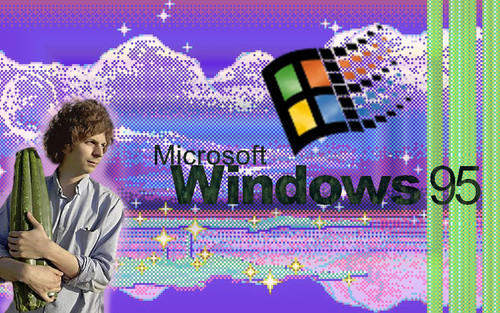You’ve all seen them – those funny images and videos that are everywhere on the internet. But what exactly are these “internet memes”? Are they just funny pictures or do they have any deeper significance? In this blog post, we’ll explore the idea that internet memes are aesthetic objects, examining what a meme is, what an aesthetic object is, and how aesthetic theory can be applied to internet memes.
- What is a meme?
- Exploring Aesthetic Theory and Internet Memes
- How Can Aesthetic Theory Apply to Internet Memes?
What is a meme?
A meme is a cultural phenomenon that is created and spread rapidly through online social media. It is an idea, behavior, phrase, or style that is widely acknowledged, copied, and shared by many people. The concept of a meme dates back to the ancient Greeks and Romans, but the term itself was coined in 1976 by evolutionary biologist Richard Dawkins.
Today, the term is used to describe an internet meme, which is an image, video, phrase, or hashtag that is shared widely across the web and often used to express humorous or ironic sentiments. Internet memes are typically created with the intention of being shared widely, usually through social media platforms.
Internet memes feature popular culture references and are designed to be humorous and/or provide a commentary on a current event or social issue. They can be created from a variety of sources, including existing images, videos, and text, or even original content.
Once created, an internet meme is often shared rapidly and widely across the web, often with the help of image-sharing platforms such as imgur, or social media platforms such as Twitter and Instagram. It is not uncommon for an internet meme to go viral, and once it does, it can remain popular for weeks or months.
Internet memes have become an integral part of modern culture. They have been used to provide commentary on social and political issues, to poke fun at celebrities, and to celebrate and share the latest trends and fads. Memes have become so ubiquitous that they have become an aesthetic object, and are now studied in many academic fields.
Exploring Aesthetic Theory and Internet Memes
Internet memes are often seen as humorous and silly, but there is a deeper layer to them – they can be seen as objects of aesthetic interest.
What is Aesthetic Theory?
Aesthetic theory is a philosophical approach to the study of beauty and art. It is based on the idea that beauty is subjective and that there is no single definition or standard that can be universally applied. Aesthetic theory looks at the ways in which people respond to beauty, and examines how beauty can be used to create meaning and create an emotional response in the viewer.
Understanding Aesthetic Objects
Aesthetic objects have been around for centuries, but in the modern world, they take many different forms. Aesthetic objects can be created through painting, sculpture, music, photography, and other forms of art. They can also be created through digital media, like memes, videos, and GIFs.
Aesthetic objects can be tangible, like a painting or sculpture, or intangible, like a meme or a song. An aesthetic object’s purpose is to evoke a sense of beauty, pleasure, or enjoyment in the eyes of the beholder. These objects are often used to express an idea, a feeling, or even a message. For example, a painting can be seen as an aesthetic object, as it conveys a message or emotion to the viewer.
How Can Aesthetic Theory Apply to Internet Memes?
Internet memes are more than just funny- they are a form of visual communication and are often used to convey a particular message or emotion. As such, they can be seen as objects of aesthetic interest, and can be analyzed through aesthetic theory.

The use of aesthetic in internet memes goes beyond the purely comedic. Memes are often used to communicate complex ideas and emotions in a visually captivating manner. This can create a unique form of visual language, with memes acting as a shorthand for complex ideas and feelings. As such, they can be used to effectively convey a range of emotions, from confusion to frustration, sadness to amusement. Moreover, the aesthetic appeal of memes can be used to draw in viewers, creating an engaging experience.
Future of Aesthetic Meme Objects
The future of aesthetic meme objects is likely just around the corner. As technology advances, we can expect to see memes become more sophisticated and visually appealing, as meme creators combine their creativity with generative artificial intelligence like DALL-E 2. In the near future, we might even see AI specifically trained to generate new internet memes!

Internet memes have become a cornerstone of the internet and modern human culture. While memes may be viewed as simple jokes, many of them possess a deeper beauty, which can be appreciated and admired. What started as a way to share jokes and content has evolved into a form of expression and communication, making them a type of aesthetic object.
Through the lens of aesthetic theory and, we can better understand how internet memes work and how they are perceived. This knowledge can be used to create better meme content and explore applications of aesthetic theory to future internet memes.
